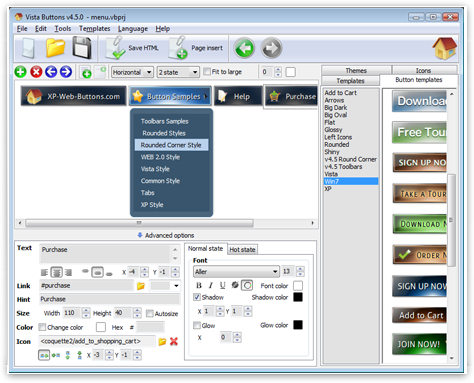

With this in mind, let’s apply these responsive web design principles to create a WordPress theme with HTML5 and CSS3. bad syntax to build a responsive design: /* GOOD WIDTH */

So, if you place a 200px width image inside a div that takes up 100% of the screen, it will remain displayed in its actual width. The width and height of the image will be automatically adjusted when the screen size is narrowed. Then, divide the grids’ width for every content section in percentages (%).įor images, you can set them to max-width: 100% of their actual size and the height to auto. To measure a responsive alignment for your design, you should think of your website’s layout as a series of grids rather than pixels (px). The page layout responds to the available space, and the content is placed correctly – nothing is cut off, overflowing, and your website looks as clean as possible. Responsive design refers to displaying your website in the best format for visitors based on their screen size. Additionally, many devices can switch between these modes.įor this reason, it is paramount to create a custom WordPress theme that is responsive to various screen resolutions. Some work in landscape, while others – in portrait.

5 Steps to Create a Responsive WordPress Theme Using HTML5 and CSS3.


 0 kommentar(er)
0 kommentar(er)
